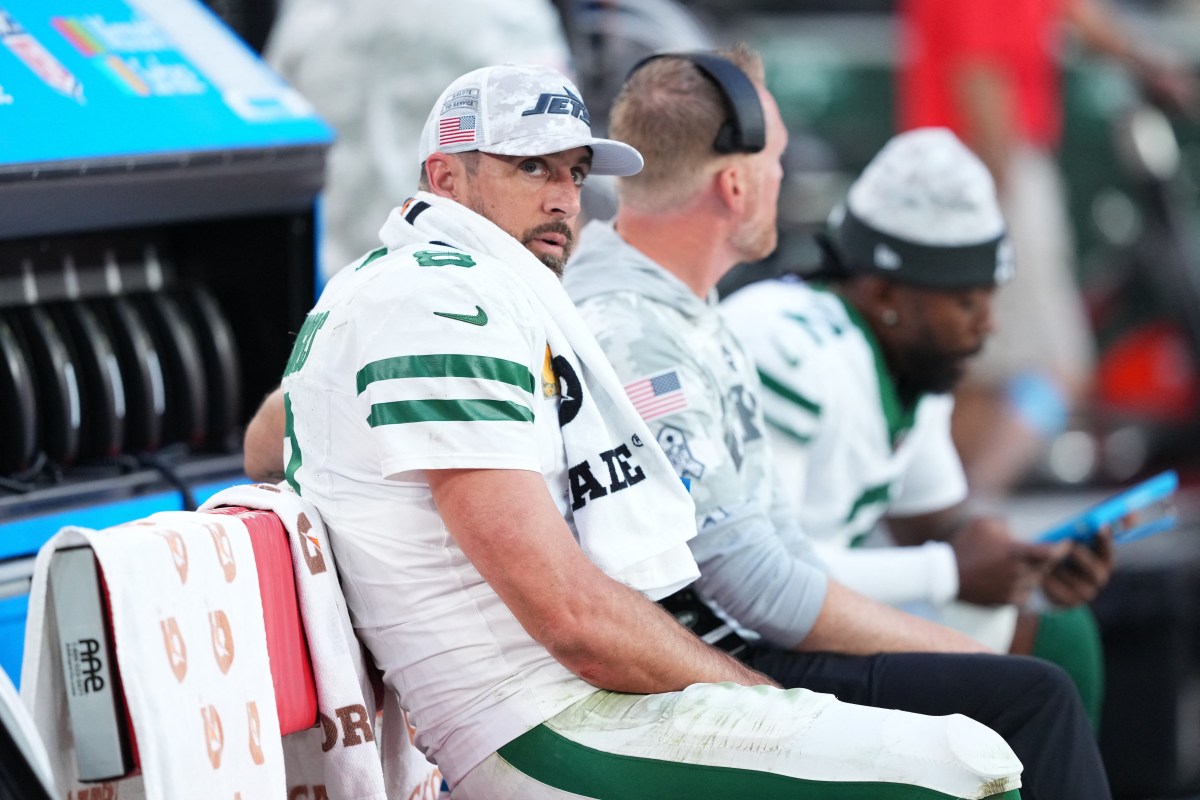As the stock market has whipsawed over the past two weeks, young workers who have all their retirement funds tied up in long-range target-date funds may have been the hardest hit.
The average 25-year-old fully invested in a 2060 target-date fund series saw a 10 percent decline in account value from the market’s recent peak on July 17 through Monday’s close, according to Morningstar, close to the 10.96 percent decline of the S&P 500 over that period. Meanwhile, the average 65-year-old set to retire this year and invested in a 2015 TDF series saw just a 5 percent decline. Related: 3 important year end stock market trends Is the worst over? Related: 3 tips to make the stock market less scary Target-date funds are designed to adjust an investor’s risk as retirement age approaches, through what is called a glide path. The farther out the fund’s end date, the higher the stock allocation. Investors in 2060 funds have equity exposure ranging from 83 percent to 94 percent, says Janet Yang, director of multi-asset-class manager research at Morningstar. In the 2015 funds, aimed at workers who will be retiring very soon, average equity exposure is just 42 percent. Affecting the future Many young workers are now automatically enrolled in 401(k) plans and put into a default allocation that typically is a target-date fund. On the plus side, especially for young and inexperienced investors, these funds seem to have handcuffed the worst investor behaviors, like frequent trading. Asset-weighted average investor returns in TDFs are 1.1 percentage points higher than the funds’ average total returns, according to a Morningstar study published earlier this year. More options Managed accounts also give workers a human being to talk with when things get scary – but just 3 percent of plan sponsors pick managed account services as a default option, according to a Towers Watson survey. “When the market gets volatile, you don’t have someone to talk to if you’re in a TDF,” says Wei-Yin Hu, vice president of financial research at Financial Engines, one of the leading firms providing managed account services. “You can’t call your TDF and ask if your allocation is still right for you, or what you should do now that you’ve lost 10 percent in a downturn.” Kitces urges target-date investors to assess their comfort with risk by taking a well-designed risk questionnaire like the one offered for $45 by Finametrica (bit.ly/1MUPIvi). If you are not comfortable with the level of risk in your TDF, consider shifting to a closer-date target series with less equity exposure. “It’s not too late for young people to dial down their exposure to a level they can tolerate,” he says. “Make a change when things are down 10 percent instead of 40 percent. Things can get worse, and then you’ll make really non-rational, emotional decisions.”
Even if stocks continue to rebound in the days ahead, the experience of watching value shrink may be an eye-opener to new investors who might not have thought about their risk tolerance before.
The popularity of these funds in retirement plans is surging. Vanguard reports that 88 percent of the 401(k) plans it serves offered TDFs last year, up 17 percent from 2009. Four out of 10 plan participants are wholly invested in a single TDF, Vanguard says, and 64 percent of participants use them to some extent.
Default investor options for 401(k) plans, which are regulated by the U.S. Department of Labor under the Employee Retirement Income Security Act, are not limited to target date funds. The Labor Department also allows balanced funds and managed funds, which give workers professional one-on-one portfolio guidance.
Why the stock market drop hit millennials the hardest

Getty Images

























